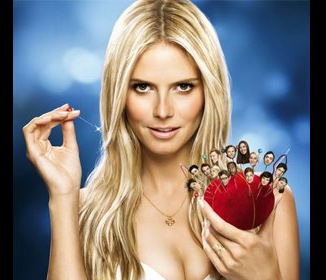The biggest job a cinematographer has on set is directing how the lights look in the frame. He knows everything about the lights and what they represent. The cinematographer is the master of lighting. Working closely with the director and gaffer of the production, the cinematographer creates a happy balance of lighting in the frame to produce a realistic picture. There are four key concepts a cinematographer utilizes when setting up lights: movement, placement, intensity and color. This is how I describe each:
Movement: “Why is the light moving?” “How much is it moving?” These are two questions a cameraman or cinematographer must ask himself. If there is no movement, fine-the scene is still. Movement causes curiosity, chaos and directs the eye to a certain place in the frame. If not trying to recreate a scene that requires lights to flicker, turn on and off at a certain rate or move back and forth as if searching for something, movement of light is not required-it just helps to make a more believable situation if necessary. Some examples of scenes that use light movement would be in a scene where the lights are going out or flickering or something like an interrogation scene. Movement could also be used to portray a lightning or a massive earthquake where everything is falling down and the power is going out. Also, any sort of club or party scene would use not only moving lights but colored lights as well.
Placement: Depending on where you place the light on a character, it creates different shadows on their faces and can create different moods and can change the way you look at someone. For instance, when you light someone from the bottom, it creates an evil look. Remember when you’d go camping and you’d scare your little sister by placing a flashlight under your chin, turning it on and making a scary face? Just like that. The more lights you use, the less shadow you will create, so using just one light will create more shadow and make a character look darker and more mysterious.
Using more lights makes things brighter and creates a happier mood. Therefore, villains normally are lit less and heroes are lit more to portray the darker and the lighter moods. Heroes will not be lit from underneath as much as they will from the front, back and side, using more lights. Their faces will be better lit so you can see their eyes better.
Intensity: The intensity of a light can easily create different moods. Try sitting in a dark room for ten minutes. Then try sitting in a well-lit room for ten minutes. Most likely, sitting in a well-lit room will make you feel better and happier. Perhaps your mind was wondering more in the light and you felt more scared in the dark because you didn’t know what was around you. The same goes for lighting a movie.
The darker it is, the more mysterious and dingy the scene becomes. The brighter the scene, the happier the characters are and the audience will feel more comfortable. Dramas tend to be darker and comedies are brighter for that exact reason. Comedies want you to laugh; so making it brighter will create a happier mood for the audience, therefore making them laugh easier.
Color: Playing with colored light is fun and challenging. A cameraman must know about the color wheel because if you white balance on a color, the camera will tint the frame with the opposite color. Sometimes cinematographers will want their film to be tinted a certain color for a theme they’re trying to convey, in which case knowing what color to white balance on is key. Different skin tones get lost with certain colors so it’s also good to know what pops out and what doesn’t pop. The color of the light also helps the audience distinguish between the times of day. Sunlight is always bluer and incandescent lights are always more orange in color. Color also makes people feel a certain way, so having a color scheme for characters in both wardrobe and lighting is very common.
Once you fully understand these concepts, putting them all together and creating a specific mood, time and place becomes easier and more fun as time goes on and you learn more. Each project presents more obstacles to overcome and packs more creativity into your head of never-ending learning. With each set comes new people and new ideas to share and learn. The cameraman is always learning and growing with each project.
See what’s behind the obligation of the TV show lighting camera person at Mark Cella‘s site.

